
Clearside noted in a news release it intends to use the net proceeds from this offering for working capital and general corporate purposes.

Clearside noted in a news release it intends to use the net proceeds from this offering for working capital and general corporate purposes.

Sir Jules Thorn Charitable Trust's investment will support a state-of-the-art, eye health research facility, opening in 2027

The patent further protects Iridex’s intellectual property encompassing laser systems in ophthalmology and related fields.

A team of neuroscientists at Johns Hopkins show how specialized cells signal the presence of light simultaneously in two distinct ways.

Toku’s AI technology, CLAiR, has obtained CE and UKCA Marks. CLAiR provides fast, accurate, non-invasive cardiovascular disease (CVD) risk assessments using standard retinal images.
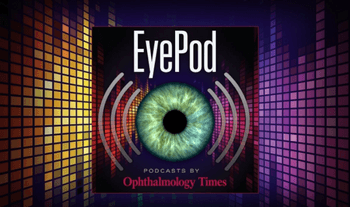
In this episode of EyePod, David Hutton sits down with Neena Haider, PhD, and Arun Upadhyay, PhD, to talk about modifier gene therapy.


According to the company, 4D-150 was well tolerated with a favorable safety profile when evaluated through up to 48 weeks of follow-up, with no significant inflammation observed.
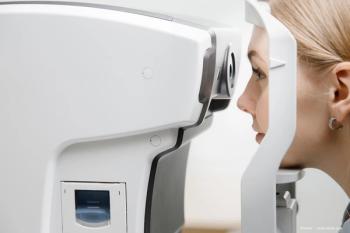
Elodie Bousquet, MD, PhD, and international researchers studied type 3 macular neovascularization (T3 MNV) using optical coherence tomography. In 64.5% of 31 eyes with T3 MNV, it developed over soft drusen, showing drusen growth and outer layer thinning before T3 MNV.

Massachusetts Eye and Ear researchers came up with a mobile app called All_Aboard, designed to be used along with mainstream GPS systems and focuses on improving micro-navigation.

Baruch Kuppermann, MD, PhD, discusses interim results from the first in-human Phase 2 RIPPLE-1 Trial of a dexamethasone implant for diabetic macular edema and retinal vein occlusion.

Ramin Tadayoni, MD, PhD, highlights data from the BALATON and COMINO Phase 3 studies about faricimab, respectively, in branch retinal vein occlusion and central retinal vein occlusion.

A minimum of 5,000 patients with up to 5 years of follow-up will be included in the study, with patients from a variety of practice settings and clinician experiences in 28 countries and 500 sites
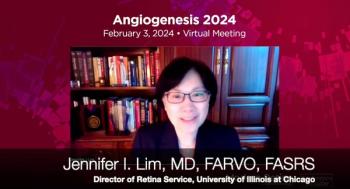
Jennifer I. Lim, MD, FARVO, FASRS sat down with Hattie Hayes of Ophthalmology Times Europe to discuss her findings, including exciting advancements in targeting Ang2 and VEGF from the Angiogenesis Exudation and Degeneration 2024 event.
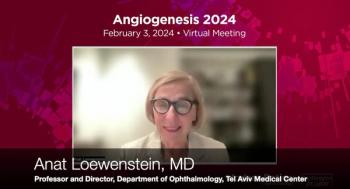
Anat Loewenstein, MD, sat down with Hattie Hayes of Ophthalmology Times Europe to discuss the implication of longitudinal AI-based fluid quantification for at-home monitoring from the Angiogenesis Exudation and Degeneration 2024 event.
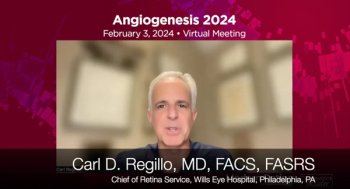
Carl D. Regillo, MD, FACS, FASRS, discussed recent data from the DAVIO 2 trial in his presentation at the virtual Angiogenesis, Exudation, and Degeneration 2024.

Sydney M Crago, the editor of Modern Retina, talks with Arshad M Khanani, MD, MA, FASRS, about the expanded efficacy data from the GATHER 2 trial for geographic atrophy (GA).

Carl Danzig, MD, sat down with Martin David Harp of Ophthalmology Times to discuss his presentation AVD-104 for Geographic Atrophy: Glyco-immunologic modulation of macrophage activity from the Angiogenesis Exudation and Degeneration 2024 event.

Early-onset drusen maculopathy (EODM), is part of the age-related macular degeneration (AMD) phenotype that occurs in individuals under 55 years of age.
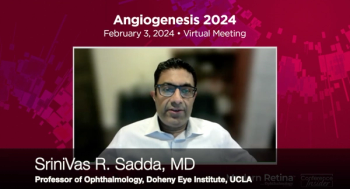
SriniVas R. Sadda, MD, sat down with David Hutton of Ophthalmology Times to discuss his presentation about precursor lesions for development of atrophy and AMD from the Angiogenesis Exudation and Degeneration 2024 event.
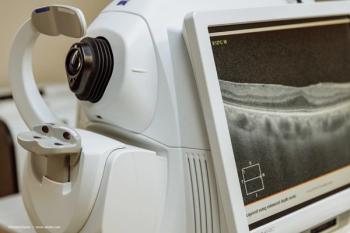
Multimodal technology bridges the gap between advanced age-related macular degeneration (AMD) biomarkers and clinical features.

Trial will analyze efficacy, safety of AVD-104 versus avacincaptad pegol to treat GA


Under the terms of the agreement, Kiora Pharmaceuticals and Théa Open Innovation will develop and commercialize KIO-301 for the treatment of inherited retinal diseases in a deal valued at up to $301 million.

A new study out of Guangzhou, China found that individuals younger than 18 years of age and experiencing high myopia are at a high risk of progressively worsening myopic maculopathy.

The agreement settles Zeiss’s lawsuit against Topcon’s U.S.-based subsidiaries that had been set to start this month in U.S. federal court for the Northern District of California.

In a news release, the FDA noted these are copycat eye drop products that consumers can easily mistake for Bausch + Lomb’s Lumify brand eye drops, an over-the-counter product approved for redness relief.

According to the company, the deals from two global Phase III RVO studies will be presented at Angiogenesis, Exudation, and Degeneration 2024.

A University of Houston professor found that the excitement over the results of LLR as a treatment option for patients with myopia may have come too soon, before its efficacy was confirmed. One company is taking exception with the study.
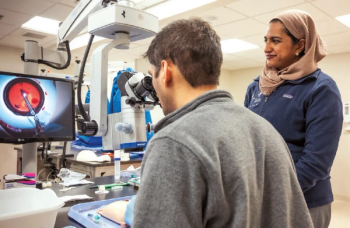
Wilmer's expansive focus and deep bench are advancing the understanding of artificial intelligence tools and potential ophthalmic applications.